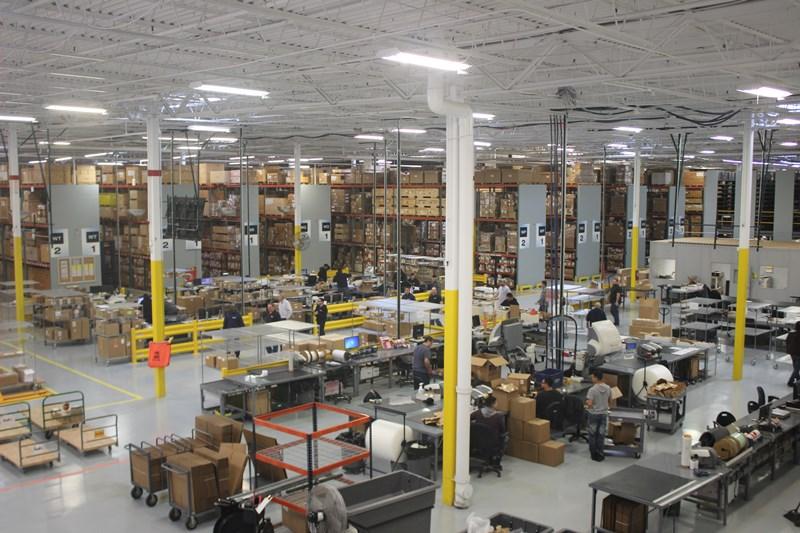
With airline capacity trends showing strong demand for return to pre-pandemic flying schedules, this transition period is seeing a rapid increase in demand of used serviceable material (USM) across different markets in the North American region.
North America has responded with a vast need for certified material to support a projected rapid increase in demand by operators and MROs in the region.
“As the North American passenger travel returns to a normalized state and e-commerce remains in constant growth, the need for USM will follow,” says Daniel Adamski, executive vice president of distribution at Kellstrom Aerospace. Kellstrom is positioning to support that growth by allocating financial resources to acquire assets and develop services to optimize support, turnaround time and cost.
There is a clear uptick in USM availability in the market, with players like AAR investing in equipment and aircraft within its parts trading groups. “We see that operators have worked diligently to manage cash through the use of green-time engines and rotable management programs,” says Carl Glover, AAR’s vice president of sales and marketing for the Americas. He says AAR is in a strong position to offer tailored services, which include a combination of solutions as airlines manage fleet availability for the spring and busy summer period ahead.
Atlanta-based Aventure Aviation acquired several aircraft for teardown throughout the pandemic, including Boeing 737-800s, 757s and Bombardier CRJ-200s, indicating the anticipated bounce-back in the market for salvaged parts. CEO Zaheer Faruqi says the company continues to look for additional retired aircraft to tear down for parts and he remains bullish for 2022 and beyond.
It is clear that the pandemic increased focus on cost reduction and induced some early aircraft retirements. Taco Stouten, head of sales and marketing at Spairliners, says this led to a large surplus availability and parts sitting on the shelf, which drove some prices down for about two years. The U.S is a key area for Spairliners, having the single largest operator base for the E-Jet segment, and the component specialist is supporting that recovery.
“The USM market is coming much closer now to its pre-pandemic levels because of the quick ramp-up of this fleet,” says Stouten. “In the short term, however, we already see an MRO capability struggling to recover, hence leading to longer lead times in repairs, piece parts shortages and obviously prices increase.”
Utilizing serviceable or repaired USM components versus purchasing new OEM components can save anywhere from 25-50% off the material purchase cost, depending on the pedigree of the unit and demand factors. In general, the North American market has seen a strong advocacy in using USM material ranging from transactional (sale, exchange or lease) based contracts to fully outsourced flight hour program solutions, in which players like AAR specialize.
Several MROs are working in lockstep with our other groups to provide USM solutions that ultimately yield savings. For instance, GA Telesis says operators are asking it to get creative in delivering cost savings with every component they produce, and this request takes the form of USM, PMA, DERs, and other methods utilizing its expertise and ecosystem.





